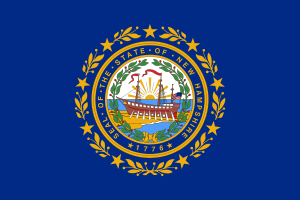
Few families are participating in a federal program designed to help parents and grandparents save money to pay for their children's and grandchildren's college education. Those who do are primarily wealthy, a December report from the Government Accountability Office finds.
Fewer than three percent of families participated in a 529 college savings plan or a Coverdell Education Savings Account in 2010. Of the three percent, nine-out-of-ten families featured at least one parent with a college education. They also had a median income three times larger than the 97 percent of families without 529 college savings plans, and 25 times the financial assets, the GAO found.
According to ABC News, the federal government allows distributions from 529 accounts to be entirely tax-exempt if used to pay for college tuition and fees. That tax-exempt status represents an annual loss of $1.6 billion subsidizing college savings plans for wealthy families, which the New America Foundation notes, could pay for an additional 288,000 Pell Grants for low-income students.
The report also noted low income families "who are uncertain about whether their children will attend college may have less incentive to invest resources in 529 plans than in other forms of savings," partly explaining why they may not be interested in the plans. The GAO noted some states have taken steps to attract participation from low income parents, such as adopting "plans that include less risky investments, have low minimum contributions and match families' contributions."
Chad Aldeman, a senior policy analyst at Bellwether Education Partners, says this proves that federal and state tax codes may not be the best way to help families afford college. The forgone tax revenue, Aldeman argues, "would be better used to boost programs that directly help students afford college who would otherwise not be able to."
The money family members put in to 529s are invested heavily in stocks when kids are young and more conservatively as they age. The accounts are managed by states, and the GAO report said "over 100 529 plan options were available to families nationwide as of July 2012."
However, the investment research firm Morningstar found there's a transparency problem with many 529s. Around four-out-of-five plans do not disclose basic information, including fund managers, performance and details about popular portfolios, the Wall Street Journal reports.
The GAO made no recommendations in its report.

